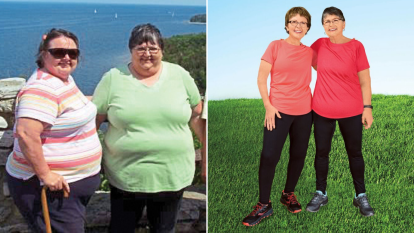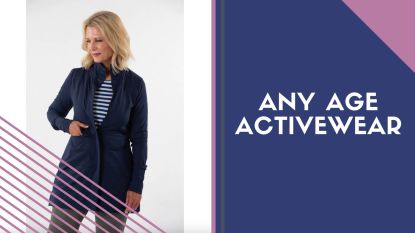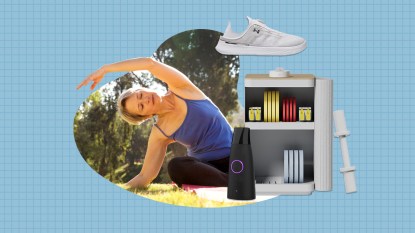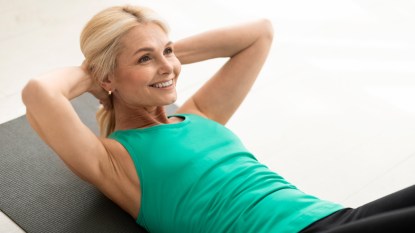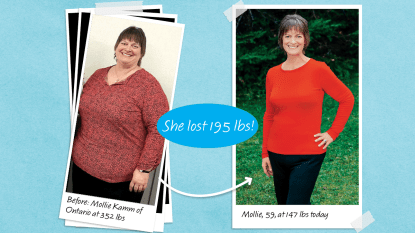Jazzercise Is Back in Style — Here’s How It’s Changed (And How It Hasn’t), According to Its CEO
This family business has been making fitness fun for over 50 years.
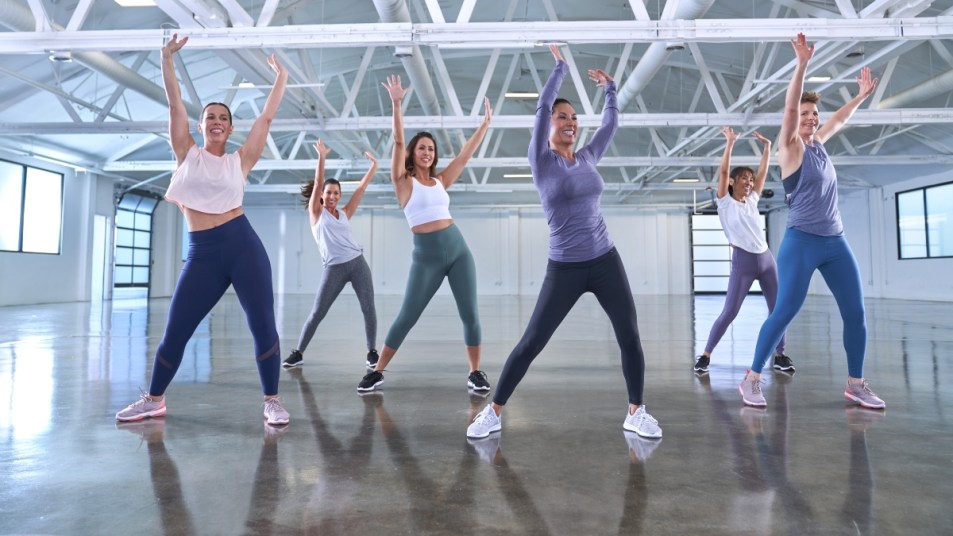
When you hear the word “Jazzercise,” what comes to mind? If you instantly imagine ’80s fitness classes full of pastel leotards and leg warmers, you’re not alone. But you may be surprised to learn that the female-founded, dance-inspired workout is staging a comeback of sorts. Though it never truly fell out of fashion, a new generation of women who are eager to stay fit but unwilling to sacrifice fun while doing it has discovered the original dance aerobics phenomenon.
We spoke to Jazzercise CEO, Shanna Missett Nelson, about the groundbreaking workout’s appeal, and how it’s changed to meet the needs of a new fitness audience while retaining the accessibility that made it so popular among mature women. Here’s what she had to say.
A Short History of Jazzercise
While Jazzercise is often thought of as part of the ’80s aerobics boom, it actually began before that. The program was founded in 1969 by Judi Sheppard Missett, a dance teacher in Chicago. Missett realized that her students were more interested in getting fit than in pursuing dance as an art form, so she changed the format of her classes — and Jazzercise was born. While dance-inspired classes are commonplace today (think Zumba and hip-hop), that wasn’t the case in the late ’60s, when group fitness was still relatively new. The concept of aerobics was introduced just one year earlier, in a 1968 book by Dr. Kenneth H. Cooper, and the mainstream view of fitness was centered around men — like trailblazing TV workout guru Jack LaLanne, who opened the first modern health studio in the ’30s.
By contrast, the Jazzercise workout was focused on dance cardio, and it was among the first to be geared towards women. The class was innovative in its use of pop music, allowing women to have fun while they worked up a sweat. Jazzercise grew steadily more popular and blew up in 1982, when it began to franchise across the country. The majority of franchise owners were — and continue to be — women; and many studios even offer babysitting, making it more accessible for hardworking moms.
Throughout the ’80s, Jazzercise made some major public appearances that helped catapult it into the mainstream. Jazzercisers were featured in the opening ceremony of the 1984 Olympics, and Missett and her daughter led a “Great American Workout” on the White House lawn in 1991. Today, Jazzercise remains the longest-standing dance fitness company in America.
Click through to try a fun and effective 11-Minute Latin Dance Workout!
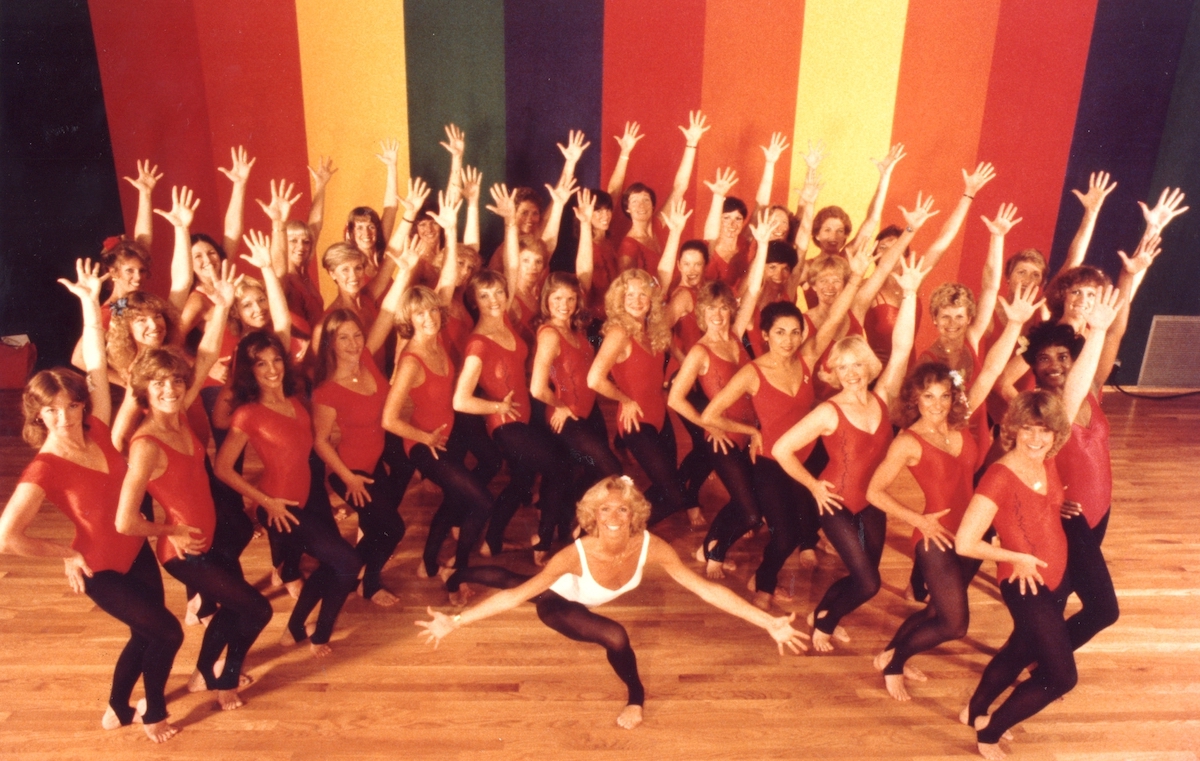
A Family Affair
Part of what makes Jazzercise so special is the family story behind it. Founder Judi Sheppard Missett gave birth to her daughter, Shanna Missett Nelson, the same year she started the program. In 1987, at age 18, Shanna became certified as a Jazzercise instructor herself, and more recently Shanna’s daughter, Skyla, became a certified instructor too, following in the footsteps of her mom and grandma. Today, the three generations of women all teach weekly classes in California. Last year, Shanna took over the role of Jazzercise CEO from her mom.
The family-driven nature of Jazzercise, which breeds support and female-centric community rather than competition, extends to their clientele. “While this is our family business, we see a similar multigenerational family aspect across the entire Jazzercise business,” Nelson tells Woman’s World. “So many women raised their daughters bringing them to class, teaching, or running their franchise businesses. We have many mother/daughter instructors and so many customers worldwide who found Jazzercise coming with their mom or grandmother, or both.”
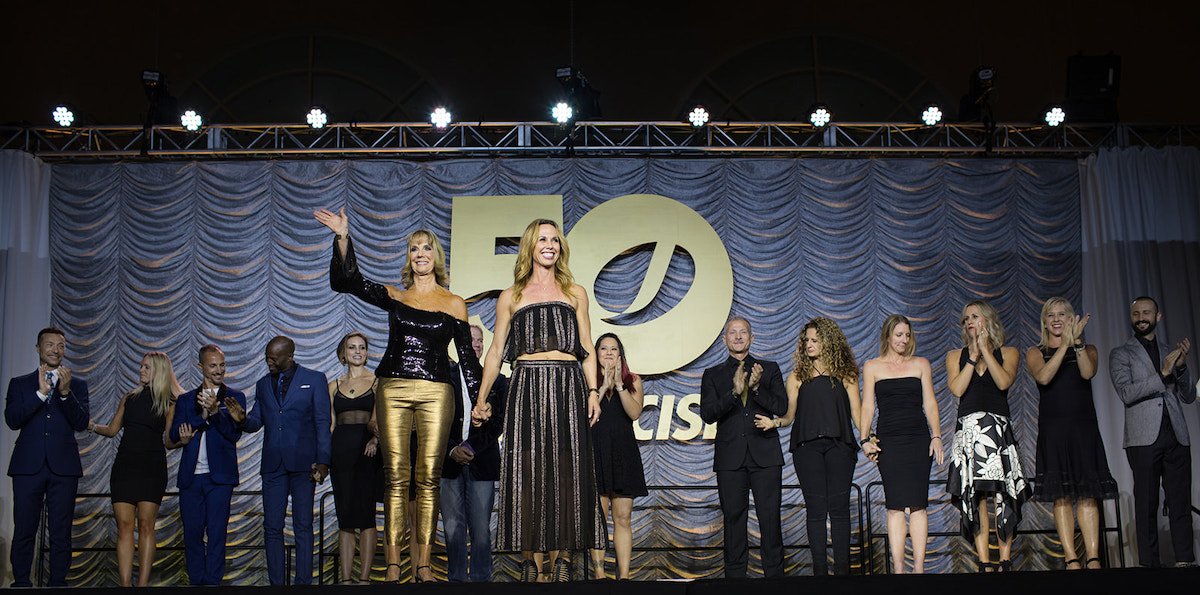
How Jazzercise Has Evolved
Today, Jazzercise has 8,000 franchises around the world, offering 32,000 classes each week. In 2019, they launched Jazzercise on Demand, a subscription program featuring a variety of workouts that can be done from home. The company notes that subscribers tripled during the pandemic, as an increasing number of women found it a novel way to change up their remote fitness routines and achieve their goals.
It’s tempting to say that Jazzercise has made a “comeback,” similar to the way old-school workouts have been rediscovered by younger audiences seeking to make fitness fun in recent years — but their CEO doesn’t quite see it that way. “I’m often asked about Jazzercise making a comeback, and it’s so interesting to me because we never left the fitness industry,” Nelson says. “We’re obviously famously associated with the 1980s because while experiencing exponential growth, we defined group fitness — and impacted fashion and women’s culture — in that decade.” However, Nelson emphasizes, “we have also continued to grow since then.”
Nelson notes that their workouts have constantly evolved, and today incorporate different types of equipment, low-impact modifications, high-intensity interval training, strength training, pilates, circuit work, and new class formats, while still keeping Jazzercise staples like pop music and dance-inspired grooves. “Dance has always been the heart of Jazzercise and that will never change,” Nelson says — but that doesn’t mean it’s the same workout you might’ve done back in the ’80s.
Now, Jazzercise features a variety of certified instructors who are younger than you might expect. “Jazzercise is especially appealing to the younger generation because it provides an inclusive space where everyone in the room is encouraged to feel good and be exactly who they are,” Nelson explains. So, why has this workout endured and reached new audiences while other fitness trends have come and gone? According to Nelson, the reason is simple: “The most important thing we do is help women find a love of movement,” she says — and dance is an accessible and affordable way to achieve this. Maintaining healthy habits like exercise is much easier when you’re doing something that brings you joy.
“Everyone loves to dance,” Nelson concludes. “Or if they don’t know they love it, they find out when they try a Jazzercise class.”


